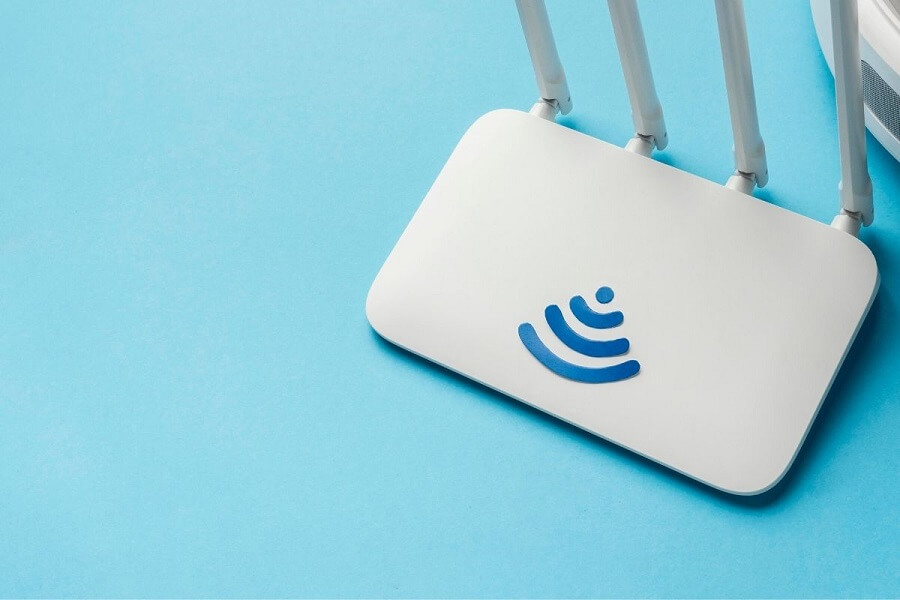
You Should Know the Difference Between ADSL and Leased Line
ADSL is a type of broadband internet connection that uses DSL modems and DSL routers to send and receive signals over the telephone lines used by most households. This type of connection is faster than a leased line because the DSL modem is sharing the bandwidth of the telephone line with other devices in the household such as televisions and computers.
Leased lines are also known as cable, broadband internet connections that are purchased from UK leased line providers. These connections use broadband modems and routers to send and receive signals over the cable lines in the customer’s home.
What is a Leased Line?
A leased line is a telecommunications service that allows businesses and organizations to connect to the Internet. Leased lines are usually provided by telecommunication companies and are faster and more reliable than dial-up connections.
ADSL is the most common type of leased line. ADSL is a broadband service that uses the Internet to connect subscribers to the Internet. ADSL is much faster than dial-up connections and is also more reliable.
What is ADSL?
ADSL stands for Asymmetric Digital Subscriber Line. ADSL is a type of high-speed Internet service that uses digital subscriber line technology to send data over telephone lines. ADSL is different from cable, DSL, or satellite Internet because it relies on the telephone line to send and receive data. ADSL is also different from traditional Internet service because it can only reach customers in certain areas.
ADSL is a broadband service that uses telephone lines to send and receive data. The broadband service allows for faster data speeds than traditional dial-up Internet service. ADSL is available in many areas across the United States.
Difference Between Leased Line and ADSL
Leased lines and ADSL (Asymmetric Digital Subscriber Line) are two different types of communication technologies used to connect to the internet.
20 key differences between leased line and ADSL :
1. Speed
Leased lines offer a dedicated, symmetrical bandwidth with speeds ranging from 1 Mbps to 10 Gbps, while ADSL typically offers lower speeds of up to 24 Mbps download and 1 Mbps upload.
2. Cost
Leased lines are typically more expensive than ADSL due to their higher speeds and dedicated bandwidth.
3. Bandwidth
Leased lines offer a dedicated symmetrical bandwidth, while ADSL provides an asymmetrical bandwidth with more bandwidth for downloads than uploads.
4. Latency
Leased lines generally have lower latency than ADSL making them more suitable for applications that require low latency such as video conferencing.
5. Reliability
Leased lines are more reliable than ADSL due to their dedicated bandwidth and the fact that they are not shared with other users.
6. Usage
Leased lines are commonly used by large enterprises, government agencies, and data centers, while ADSL is more commonly used by individual consumers and small businesses.
7. Distance Limitations
Leased lines have limited distance limitations, while ADSL can only be used within a certain distance from the telephone exchange.
8. Installation
Leased lines require a dedicated physical connection between two points, while ADSL uses existing telephone lines.
9. Maintenance
Leased lines require ongoing maintenance and monitoring, while ADSL typically requires minimal maintenance.
10. Scalability
Leased lines can be easily scaled to meet changing bandwidth needs, while ADSL may require upgrading to a different technology to increase bandwidth.
11. Contract Length
Leased lines typically require a long-term contract, while ADSL can be obtained on a month-to-month basis.
12. Availability
Leased lines may not be available in all areas, while ADSL is widely available.
13. Security
Leased lines offer a more secure connection as they are dedicated and not shared with other users, while ADSL may be less secure as it is shared with other users.
14. Quality of Service
Leased lines typically offer a higher quality of service due to their dedicated bandwidth and low latency, while ADSL quality can be affected by the number of users sharing the line.
15. Data Transfer Limits
Leased lines have no data transfer limits, while ADSL may have data transfer limits or extra charges for exceeding them.
16. Upload Speed
Leased lines offer symmetrical upload and download speeds, while ADSL has slower upload speeds.
17. IP Addresses
Leased lines provide a dedicated IP address, while ADSL may use dynamic IP addresses that change over time.
18. Router Configuration
Leased lines typically require a special router for configuration, while ADSL can be used with a standard router.
19. Router Location
The router for a leased line must be located near the physical connection, while an ADSL router can be located anywhere within range of the telephone exchange.
20. Provider Dependence
Leased lines are dependent on a single provider, while ADSL may have multiple providers in a given area.
Which is Best?
The choice between leased lines and ADSL depends on the specific needs and requirements of the user.
Leased lines are better for large enterprises and organizations that require a high-speed, reliable, and secure internet connection with low latency and are willing to pay the higher costs associated with such a service.
ADSL is better for individual consumers and small businesses that have less demanding internet connectivity needs and are looking for a more affordable option with lower speeds and less reliability.
Final Words
In conclusion, it is important to assess your specific needs and requirements and weigh the benefits and limitations of each option before making a decision on which is better.





Recent Comments